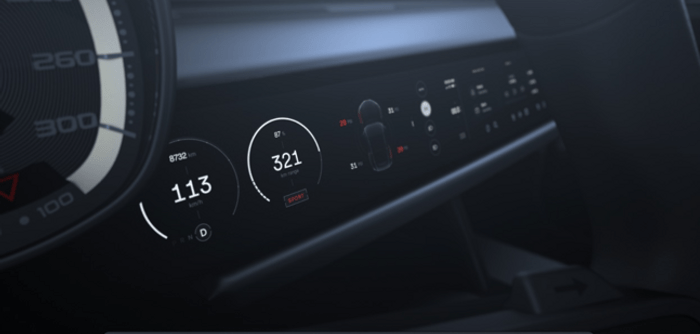Berlin-based software company Incari has released the latest update for its application development platform Incari Studio.
“With the newly introduced features, Incari Studio users will be able to import state-of-the-art 3D models, place and animate them with ease in the scene, then enrich them with interactivity via logic and finally create a reusable and customizable prefab that can be shared with other team member and across projects,” said Abdallah Huballah, CTO of Incari. “With Incari Studio 2022.1 users can focus more on their work and their creativity and less on the tool and the technology.”
Prefabs enable the user to create multiple individual instances of a combination of objects, and then make changes that are enacted across all instances. This allows for the creation of several objects with the same functionality that retain unique properties via overrides. Moreover, Prefabs have their logic encapsulated within them. Any alterations in the Prefab properties or its logic affect all of its instances.
Incari notes that this makes it significantly easier for users to build increasingly complex applications without repetitive logic or inconsistent components. In most projects, many objects (such as buttons, list items, toggles and more) are designed with small alterations from a base component. Prefabs bring the same functionality to Incari Studio – enabling the carry-over of base logic and design between components with a single click. Packing all of the assets and logic into a single exportable object, Prefabs are significantly easier to share, import and export, allowing for a better collaborative workflow and enabling users and teams to build a consistent component library. In a real-world use case, having built Prefabs for buttons, sliders and a slider bar, it would take the user only a few clicks to build a multi-page HMI system from scratch.
“The fundamental idea behind the Prefabs in Incari Studio is encapsulation, modularity and collaboration,” added Huballah. “Encapsulation means: separate the concerns and keep the associated functionality and data in one place – do one thing and do it well. Modularity: create reusable components. Create instances of a prefab that can have individual look and feel but still share the same logic. And finally, collaboration: Prefabs will not only reduce the sources of errors in a project, because you create them once and reuse them in the project, but will also save a lot of time and work because you can export and reuse them in other projects.”
In previous versions of Incari Studio, object transformations could only be made in global space – that is, with respect to a global origin. The new release adds a mode for local transformations, making it possible to rotate and translate objects with respect to their local origin.
The release also introduces Plugins, which allow activating or deactivating modules of Incari Studio as per the needs of the user, depending on the needs of a given project, therefore optimizing hardware resources and reducing visual clutter in the Toolbox and building the foundation for a self-scalable structure.



